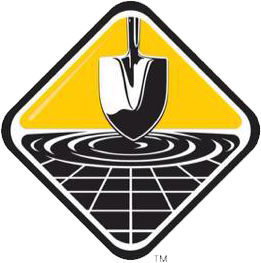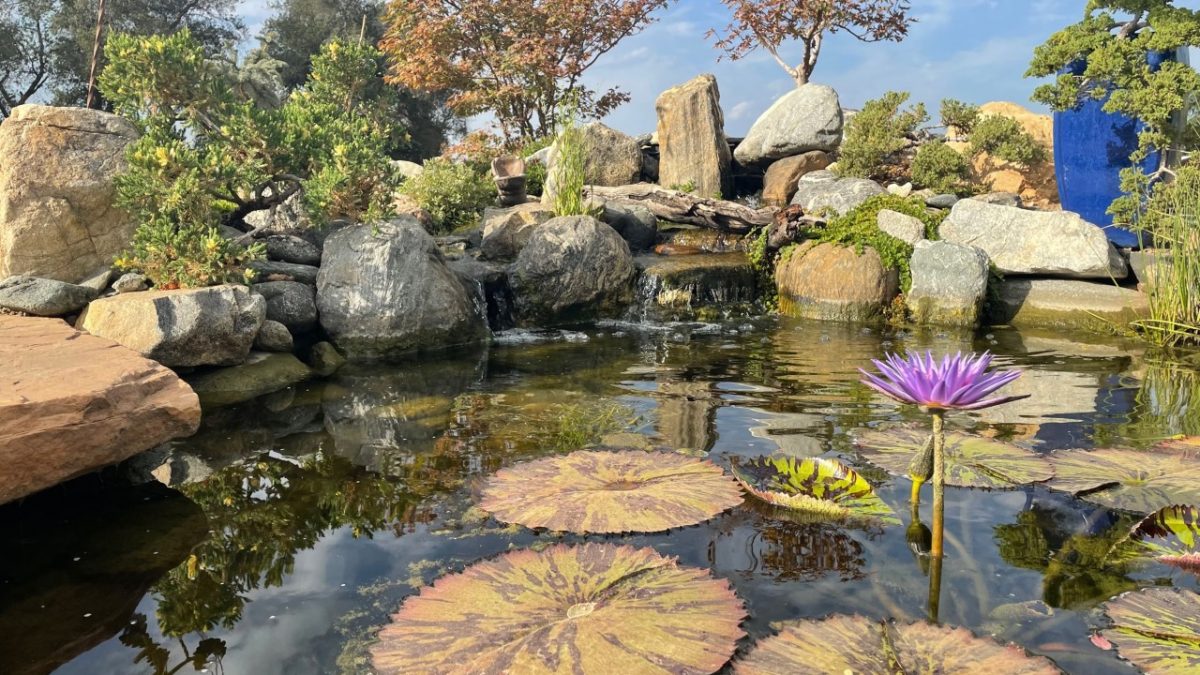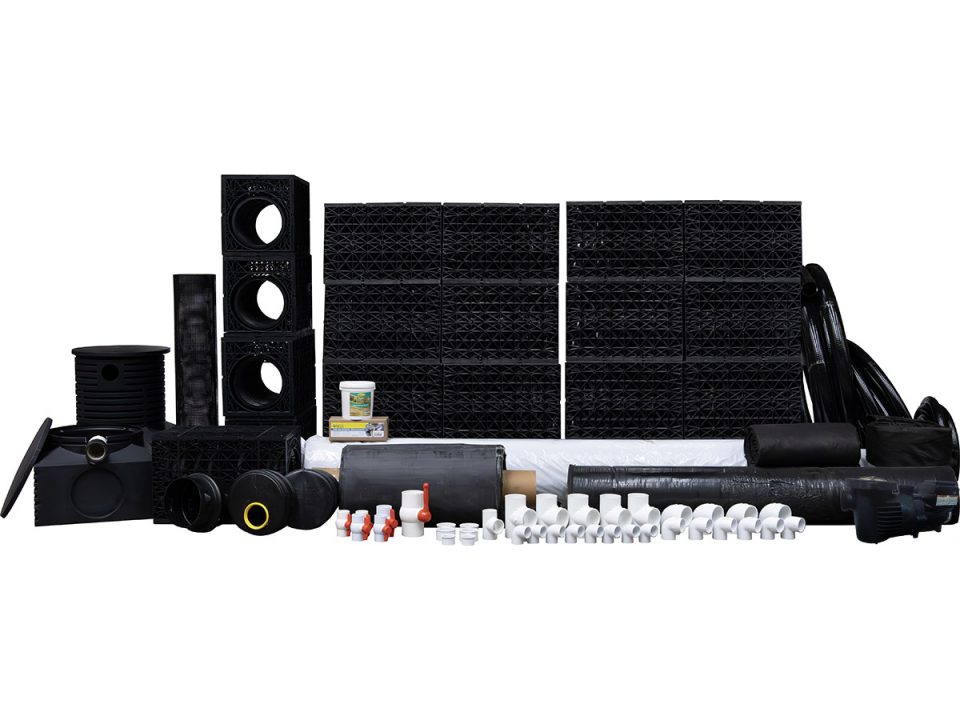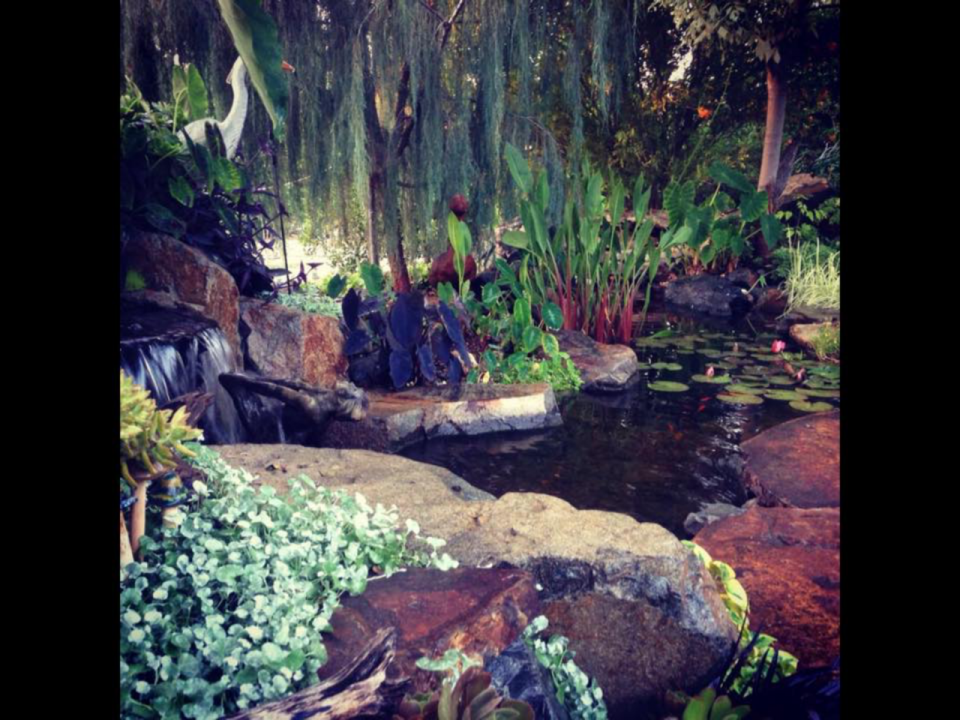Pond Owners Beware: 6 Things You Should NEVER Do!

Viva Las Koi! Why the All American Koi Show is a Must-See
February 6, 2025
Beat Algae & Protect Your Fish
April 3, 2025STOP ADDING HYDROGEN PEROXIDE
In the fish world, a mentor of mine once told me, “The answer to EVERY question is yes and no.” I tried for quite a while to dispel this statement, but found that I couldn’t. Here is an example…
The question of “Should I use hydrogen peroxide in a pond?” is one of those both yes and no answers. Hydrogen peroxide is a sort of “band aid” if you will, for a low oxygen content. The bottom line is, if your water quality is where it should be with proper filtration, aeration, and fish load, you should never need to add hydrogen peroxide. If you need it, then there is a larger problem that should be addressed.
If you are find that you need to use hydrogen peroxide, to temporarily boost your oxygen content, it is VERY short term. By that I mean like, a few HOURS. Literally hours. And adding too much will make new problems, like possibly killing your fish, so it is best to just fix the problem causing low oxygen.
Now that said, there could be some sort of power outage on a 112 degree day in July. You have no battery operated air pump (get one!), the stores are closed because it’s a holiday, and the electric company says, “Ya, you’re not getting power until a week from Tuesday”, then obviously, it would be a “yes ” time, right? But, too much will still kill your fish, so caution is key!
Otherwise, you should be maintaining a good oxygen level in your pond because you have stellar water quality due to your outstanding maintenance program that includes regular water changes, and regimented filter cleaning.
So you see, my mentor was indeed correct, the answer is yes, and also no.
Here are some more examples.
STOP ADDING CHLORINE
This is a POND not a swimming POOL. Chlorine is for pools. It kills everything, algae, bugs, even some bacteria in your swimming pool. Assuming you are using it for algae in your pond, this is what you need to know; Algae is not the ultimate enemy in a pond.
There are many types of algae that are desirable in a pond. Algae can help keep your water clear, reduce nitrate levels, and it provides your fish something to nibble on. This is important. Fish are like cows, they graze all the time. It’s good for their mental and physical health to graze on algae.
Plus, chlorine is non discriminatory. It’s going to kill all LIFE; the algae, good and bad, the plants, the beneficial bacteria, AND the fish! Yes, I said, THE FISH!!!! Chlorine kills fish. If you heard someone say they used chlorine to kill algae, and their fish were fine, then you need to find a new mentor. It’s a baaaaaad idea.
The flip side to this is, in the hands of a professional, micro dosing chlorine can help eliminate some diseases on fish. Now, I am by no means recommending this, but there are/were some medicines on the market that contain chlorine. However, misuse can definitely wipe our your herd!
STOP PRESSURE WASHING YOUR FISH POND
When performing your annual spring drain and clean, don’t pressure wash the rocks. During the year, a layer of algae grows on the rocks. We love this algae, and it gives some excellent benefits in your pond such as helping to filter water, helping to keep the water clear, and again, giving your fish some munchies to chew on.
When the rocks are pressure washed, that beautiful beneficial algae, which we call a “biofilm” is washed off. You lose all those services mentioned before, that the algae was performing for your fish and water.
The goal when cleaning your pond is to remove the buildup behind and beneath the rocks. That buildup is what is causing problems. Use a big hose to rinse debris out from behind the wall rocks, and leave that biofilm in place. Your pond will thank you for it by staying well balanced, which means less work for you!
There may be some instances though, where cleaning that biofilm is needed. They will be few and far between, occasionally there may be a need to do so.
STOP ADDING SALT….. FOR ALGAE CONTROL
People do this all the time. Because it works……for about 5 days. Then the algae that grows in the pond becomes accustomed to that salt, and it starts growing fresh. I mean, think about it, there’s algae in the OCEAN! The salt content of the ocean would kill your koi in about 37 seconds. Just kidding, a little longer, but they would still die looooong before the salt content would reach a level that algae never grew back.
In fact, even the Dead Sea still grows algae! The salt content of that puppy is so high, practically NOTHING survives, hence the name, except bacteria, fungi, and you guessed it, ALGAE.
Plus, salt is algae indiscriminate. By that, I mean that salt will temporarily kill your good algae in addition to the bad algae, which means your biofilm would get wiped out, reducing your filtration, until it grows back. This could mean that your water clarity is compromised too. Sad face.
The thing is, when used for the right reasons, salt can do some pretty miraculous things for your pond in therapeutic levels, but that means in order for it to be effective, the salt level on a regular basis needs to be fairly low. Something like 0.1 – 0.2 %When raising it to therapeutic levels, you are getting the level to anywhere from .3 – .6%
Salt helps your fish is many biological functions such as osmosis, breathing, maintaining proper slime coat, and it keeps organs such as the liver, heart, and kidneys working right. It also can help reduce or eliminate some of the most common parasites, and can help new fish adjust to your pond quicker, by making them feel better in general.
In order for salt to be able to help your pond like this, it needs to be a stranger to your environment. Think of it like taking antibiotics every day. If you did that, when you really needed them, they wouldn’t work for you because you can build up an immunity.
STOP TRYING TO ADJUST YOUR pH
Let me preface this by saying, sometimes you have to adjust your pH. (There’s that yes and no thing again) For instance, if you are are in one of the areas stricken by wildfires, the carbon based ash floating through the air, and landing on your pond, can indeed severely change your pH. You may have to adjust accordingly, but not with chemicals. Do some huge water changes. There may be more debris than just ash in there that needs to be removed. Get it out.
If your pH drops very low for some reason, that can kill off your fish population fairly quickly, like over night. Figure out what is going on with your water source, if that is the problem, and seek out some advice from competent fish keepers in your area to get your pH up. Low pH is much more dangerous than a high pH for most pond fish.
Other than out of the ordinary natural disasters, or a very low pH, you probably, as a general rule, don’t have to mess with your pH very much. If you are trying to adjust your pH to something significantly different than your local water, it will take almost daily doses of a pH altering substance to maintain it.
If you don’t monitor it daily, your pH will fluctuate constantly by trying to return to the “natural” pH for your area. That constant fluctuation is much harder on your fish than just letting them live at a pH of 8.6 or even 9
STOP ADDING FISH – Unless you are adding filtration.
This is a challenge, I know. You want to add fish. It’s fun. And there are sooooo many amazing varieties. I totally get it. But overloading your pond with fish is one of the sneakiest ways to kill off your fish.
It’s like this; you start off with a nice sized pond, of maybe 2000 gallons. You add six beauties to get it going. They grow, you feed them, and love them, and talk to them every day.
People see how much you love your fish. Your birthday rolls around, and surprise, surprise, 7 people get you a fish for your birthday. Now, assuming the fish were all healthy, brought no disease, and lived, you are ALREADY, overloaded, but they are so cute and sweet, you forgot about that rule of thumb, 1 fish per 250 gallons. AND, I heartily suggest 500 for each female, because they get so much bigger.
Moving on. Christmas arrives, and guess what? Your significant other, or your kids, or YOU, get your pond a couple more fish. You can see where this is going right? Mother’s Day, Father’s Day, Easter, Passover, Secretary’s Day, Ground Hog Day, and Labor Day….you get a FISH!!!
So, it’s sneaky. It’s slow. You don’t notice until suddenly, you can walk on water because your fish are so crowded you just don’t sink! Or, the worst happens, and you have a power failure, a really hot day, or skip a week on cleaning the filter because you were in Japan, picking new fish, and you lose 90% or more of your fish population.
You’re panicked, you test the water, and low and behold, your ammonia, nitrite, and nitrate levels have reached toxic levels because your filter just simply couldn’t handle any more. See? Sneaky.
To avoid this, either figure out the fish load your filter can handle, and stick to that number, or add filtration.
IN CONCLUSION
There is a ton of pond advice out there, and not all of it is good. We share our knowledge based on experiences that we have had, after a combined 60 years in the fish hobby. We also share our clients experiences, to help you learn. My greatest wish is that you can learn from our successes and failures, so that your pond only has success, and you don’t have to experience failure.
And above all, keep in mind, the answer to all of your pond related questions, is definitely yes, and also, almost certainly no!





